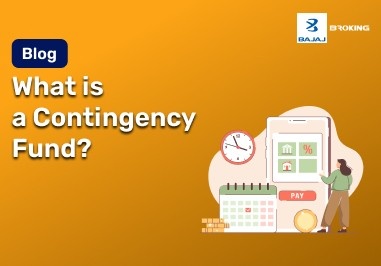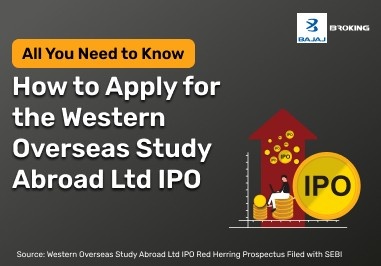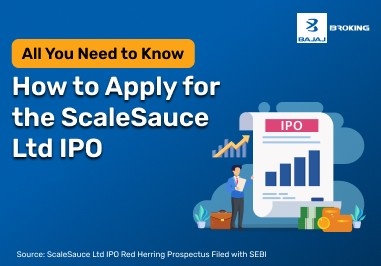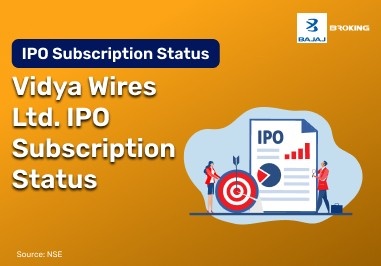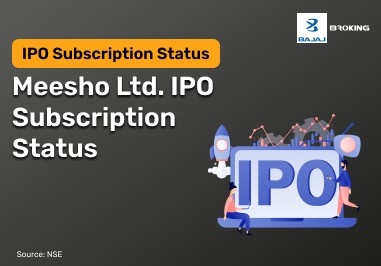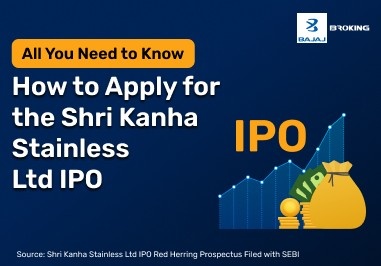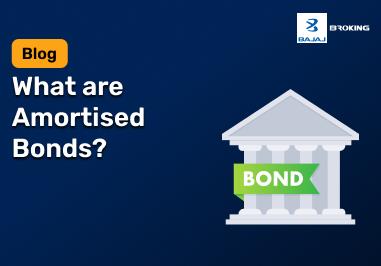What is Open Interest in Trading?
Open interest refers to the total number of outstanding derivative contracts such as futures and options that have not been settled or closed. It acts as a crucial indicator of market participation and trader sentiment, offering insights into potential price movements. When new positions are created, open interest increases, whereas it declines when positions are closed or settled.
For traders, analysing open interest helps gauge whether new money is flowing into the market or if existing traders are unwinding their positions. If open interest is rising alongside price movements, it signifies strong market conviction. Conversely, if open interest declines, it suggests traders are closing positions, potentially indicating a weakening trend. Incorporating open interest in risk management in trading helps traders assess market stability and avoid entering weak or volatile positions.
What is Volume in Trading?
Volume in trading refers to the total number of shares or contracts exchanged within a specific period. It serves as a key indicator of market activity, showing how frequently a particular security is being traded. Higher trading volume often signals increased investor interest and liquidity, making it easier to enter or exit positions efficiently.
In intraday trading, volume plays a critical role in identifying strong trends and potential breakouts. A stock or contract with low volume may indicate limited interest or weaker momentum, making it difficult to execute trades at desired prices. On the other hand, high-volume trading suggests strong conviction among buyers and sellers. Volume is particularly useful in margin trading facility, as it helps traders assess whether a security has enough liquidity to support leveraged positions.
Open Interest vs. Volume: Key Differences
Factor
| Open Interest
| Volume
|
Definition
| The total number of outstanding derivative contracts that remain open.
| The total number of shares or contracts traded in a given period.
|
Market Relevance
| Measures the number of active contracts, showing trader commitment.
| Indicates trading activity and liquidity of a security.
|
Impact on Price
| Rising open interest confirms strong market trends.
| High volume confirms trend strength; low volume may indicate reversals.
|
Best Used For
| Analysing futures and options contracts to track market participation.
| Assessing intraday trading and stock momentum.
|
Relation to Trend
| An increase signals strong conviction; a decrease suggests traders are exiting.
| High volume strengthens trends, while low volume may indicate weakness.
|
The Role of Volume in Market Trends
Volume plays a vital role in identifying and confirming market trends. In stock market basics, traders use volume data to verify whether a price movement is supported by strong participation. If prices rise with high volume, it indicates strong buying interest, validating the trend. Conversely, if prices rise on low volume, the trend might not be sustainable.
In futures and options trading, volume helps traders determine market strength before entering positions. A sudden spike in volume without significant price movement may indicate potential accumulation or distribution. Additionally, traders use volume patterns to predict breakouts, reversals, and trend continuations. A rising trend with decreasing volume often suggests weakness, whereas a decline with increasing volume can signal stronger bearish momentum.
How Volume Affects Liquidity and Price Movement
- Higher volume increases liquidity, allowing traders to enter and exit positions easily.
- Low volume can cause price gaps due to a lack of buyers or sellers.
- Strong volume confirms price trends; rising prices with high volume indicate strong buying interest, while falling prices with high volume confirm bearish trends.
- Volume spikes signal major market events such as news, earnings releases, or institutional activity.
- Low volume suggests uncertain markets, where lack of interest or indecisiveness leads to choppy price movements.
Open Interest vs. Volume: Key Insights
Both open interest and volume serve as essential indicators for traders, offering unique insights into market dynamics. While volume provides real-time information about market participation, open interest helps track the sustainability of trends in futures and options trading. A combination of both metrics can offer more clarity on whether a price trend is backed by strong participation.
For traders involved in margin trading facility, understanding these indicators is crucial for risk management in trading. High open interest with increasing volume often signals trend strength, while declining open interest may indicate an end to an ongoing trend. Using these insights, traders can make better decisions when opening or closing positions, ensuring they align with overall market sentiment.
Trends You Can Identify Using Volume and Open Interest
- Increasing open interest and rising volume confirm strong bullish trends.
- Price declines with rising volume and open interest indicate a strengthening bearish trend.
- Low volume with increasing prices can indicate a weak market trend.
- High volume breakouts are more reliable, while low volume breakouts may fail.
- Declining volume and open interest suggest traders are losing interest in the trend, signalling market exhaustion.
Open Interest vs. Volume: Key Limitations
- Open interest applies only to derivatives, limiting its usage in stocks.
- Volume alone does not confirm trends, as high volume without a price trend may indicate indecision.
- Both indicators may lag behind real-time price movements and require confirmation through price action.
- Sudden spikes in volume or open interest can be misleading, often driven by temporary news rather than genuine market trends.
- Neither metric directly predicts price movements; they should be used alongside other stock market basics indicators.
Advanced Trading Concepts Related to Open Interest and Volume
Traders use open interest and volume to build advanced trading strategies, combining them with risk management in trading to improve returns. One such strategy is the open interest-volume divergence, where open interest increases while volume declines, signalling potential reversals.
Another approach involves volume-weighted average price, which helps traders determine the fair market value of a security based on volume-weighted pricing. In futures and options trading, volume and open interest are analysed together to identify contract rollover trends, where traders shift positions to next-month contracts before expiry.
Conclusion
Understanding open interest and volume is essential for traders looking to navigate the financial markets effectively. While volume helps gauge liquidity and trading activity, open interest provides deeper insights into market sentiment for futures and options. By analysing these indicators, traders can improve their risk management in trading, optimise their strategies, and make informed decisions. Integrating these metrics with intraday trading strategies can help traders identify key trends, potential reversals, and market strength, ultimately leading to more profitable trades.
Disclaimer: Investments in the securities market are subject to market risk, read all related documents carefully before investing.
This content is for educational purposes only. Securities quoted are exemplary and not recommendatory.
For All Disclaimers Click Here: https://bit.ly/3Tcsfuc

